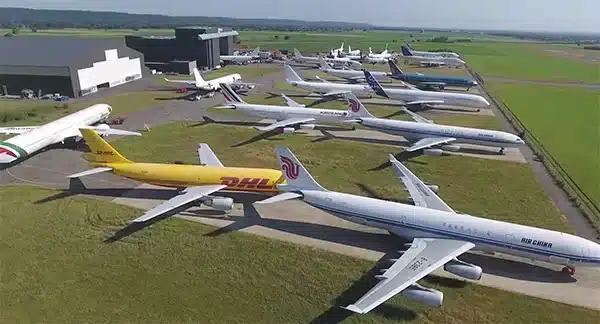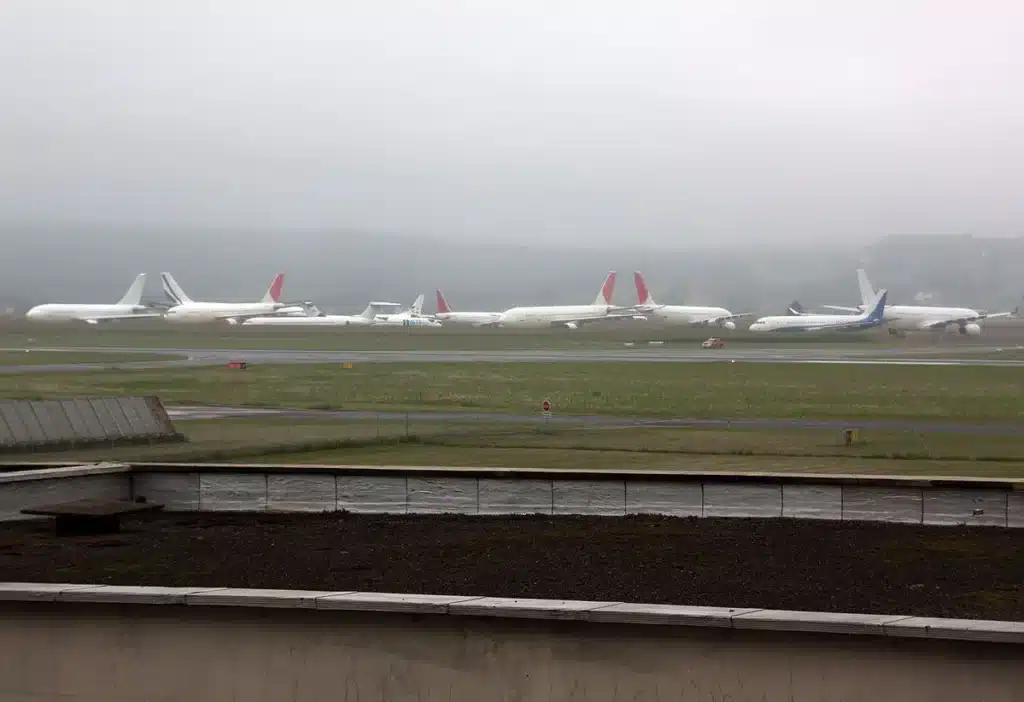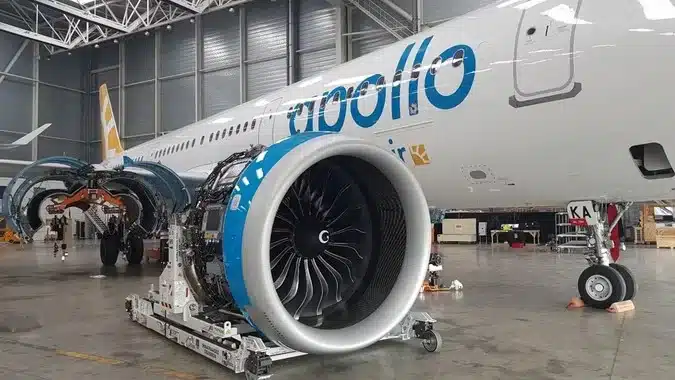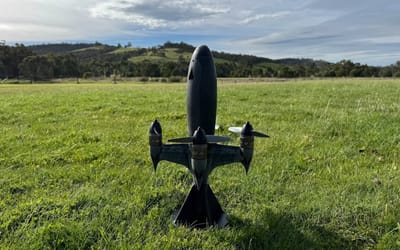‘Most notable aircraft boneyard’ is where planes go to die and then be recycled
- A French airport near the French Pyrenees is the site of the ‘most notable aircraft boneyard’
- Planes come here at the end of their lives to be broken down and recycled
- Alternatively, they can also be stored here when they’re out of service
Published on Jun 05, 2024 at 6:47 PM (UTC+4)
by Amelia Jean Hershman-Jones
Last updated on Jun 05, 2024 at 9:18 PM (UTC+4)
Edited by
Tom Wood
This French airport near the French Pyrenees is the site of the ‘most notable aircraft boneyard’ where planes at the end of their lives come to be resurrected and recycled.
Tarbes–Lourdes–Pyrénées Airport is considered one of the most significant aircraft recycling and maintenance sites in the whole of Europe.
Aircraft come to the boneyard at the end of their lives to be broken into parts in hopes of being recycled and reused.
READ MORE! Airbus A380 versus Boeing 747: we put the giants of the sky head to head

The locations
It’s from this site that Tarbes Advanced Recycling & Maintenance Aircraft Company (TARMAC) Aerosave operates as one of Europe’s main aircraft recycling companies.
TARMAC Aerosave is jointly owned by Airbus, Safran, and Suez in a venture that was announced during the 2007 International Paris Air Show
Per Safran: “TARMAC Aerosave is the first totally eco-friendly company to dismantle aircraft at end-of-life since it recycles a large percentage of the constituent parts and materials.”
And Tarbes–Lourdes–Pyrénées Airport in France is its flagship base with other airports including Francazal Airport and Teruel Airport in France and Spain, respectively.
During the pandemic, the dry climate of Teruel Airport made it the perfect place to store out-of-action aircraft with over 100 parked up.
The three TARMAC sites can host 280 aircraft and 120 engines in total.
By 2020, it had welcomed its 1000th aircraft and is the number one site in Europe for Aircraft Storage and it’s also top for Aircraft & Engine Green Recycling globally.
Aircraft recycling
TARMAC Aerosave states that it recycles and disposes of aircraft in ‘the most environmentally friendly process’.
By doing this it’s able to meet the strict European environmental regulations, boasting its credentials as a worldwide leader in green aircraft recycling.
TARMAC Aerosave claims to have recycled over 300 aircraft since 2007.
That’s 75% of the Airbus A340s recycled worldwide.

TARMAC claims to recycle 92% of the aircraft’s total weight.
And, when it comes to engines, the company can give a new lease of life to CFM56-3/-5A/-5B/-5C/7B.
“Since the inception of TARMAC Aerosave, Sustainability is the DNA of our company,” TARMAC Aerosave, said.
“This is why we provide today the most environment-friendly process to recycle aircraft & engines. Our operations meet strict European environmental regulations.”
In April of last year, Airbus, TARMAC Aerosave, and the Chinese City of Chengdu announced their hopes of establishing a joint venture for aircraft ‘lifecycle’ services in the heart of China.
The facility will be a holistic aircraft service for up to 125 aircraft: allowing planes to park, be stored, receive maintenance, upgrades, and conversions, and for a range of aircraft to be recycled.

Aircraft storage
Sometimes, like during the pandemic, airlines want to store grounded aircraft at the boneyard temporarily without scrapping them.
While the best places to store aircraft are in desert climates, like the Mojave desert, the climate in European countries like France and Spain is also suitable.
Like this abandoned airport and aircraft graveyard in Cyprus.
TARMAC Aerosave states that it has parking space for over 280 aircraft from regional aircraft to massive Airbus A380s – and 120 engines.
“TARMAC Aerosave stores all aircraft on its sites using the necessary control measures and appropriate surfaces to avoid any ground pollution or aircraft damages,” TARMAC Aerosave promises.
As well as following manufacturer’s guidelines for handling aircraft while in storage, TARMAC Aerosave provides line and base maintenance for Airbus aircraft (including A320NEO, A350, and A380), Boeing airliners (including B-787s), and ATR 72 & 72s.
DISCOVER SBX CARS: The global premium car auction platform powered by Supercar Blondie
All Supercar Blondie contributors undergo editorial review and fact-checking to ensure accuracy and authority in automotive journalism. After gaining her BA Hons in French and English at the University of Nottingham, Amelia embarked on a vocational diploma from the National Council for the Training of Journalists (NCTJ). This led to numerous opportunities, from interning at Vogue to being on the small team that launched Women’s Health magazine in the UK, which was named the PPA Consumer magazine of the year for three years running. As Health, Beauty and Fitness editor, Amelia personally received a Johnson & Johnson Award and was shortlisted for both PPA and BSME titles. Since then, Amelia has created content for numerous titles and brands, including the Telegraph, 111 Skin, Waitrose, Red magazine, Stylist, and Elle, as well as being Head of Content at Vitality and Editor in Chief at INLondon magazine. “My superpower is translating technical jargon about the mechanical workings of a supercar into a relatable story you’ll want to share with your friends after you’ve read it.” After joining the SB Media family as a senior journalist in September of 2023, Amelia’s role has evolved to see her heading up the SEO output of the editorial team. From researching the most ‘Google-able’ key terms to producing evergreen content - it’s been a time of hard work, growth, and success for the editorial team and the Supercar Blondie website. “I like to think of myself as a ‘method journalist’. In other words: I live and breathe whatever I am writing about. When writing about fitness, I trained as a personal trainer, and as a beauty editor, I completed an ‘expert’ in scent diploma with the Fragrance Foundation. “During my tenure at Supercar Blondie, however, I did something I never thought possible: I passed my driving test at the age of 36. One day I’d love to train as a mechanic to better understand what happens under the hood, too. “My sweet spot is providing readers with a ‘takeaway’ (read: something new they didn’t know before) after reading every one of my stories. While I don’t claim to be an expert in the automotive world, I know the experts and bodies in the field to rely on to provide our readers with an informative and thought-provoking story every time they visit the site.”




